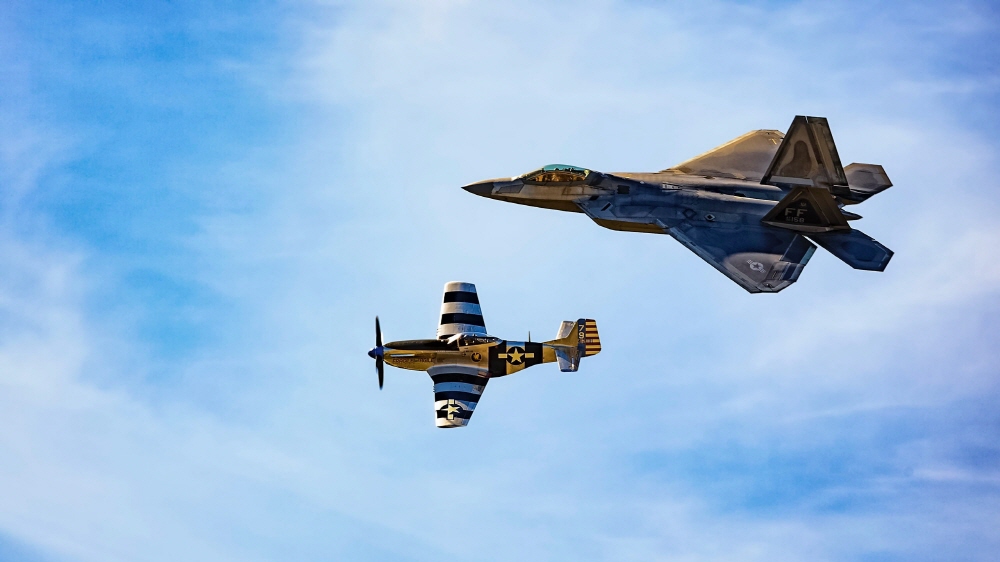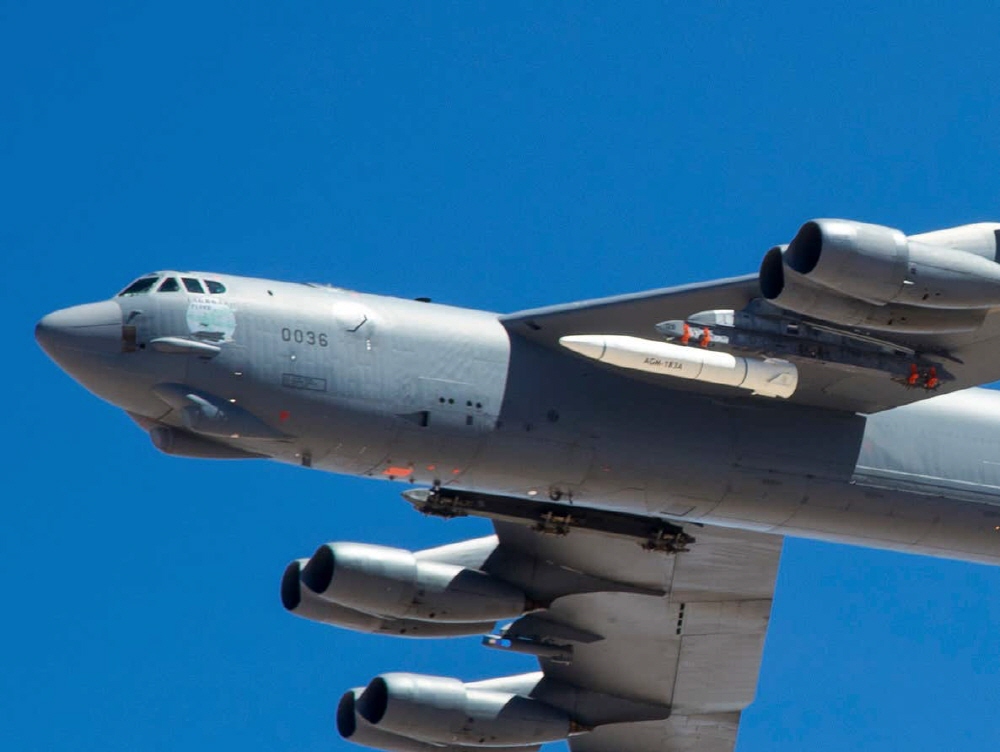
In defense technology research and development, the most important tasks in recent years are hypersonic weapons and directional energy weapons. Recently, a technology that combines these two and irradiates energy weapons such as lasers in the front to enable hypersonic flight is being developed.
Since the hypersonic weapon is Mach 5.0, it is a fighter and missile that fly at a speed of 5 times the speed of sound. Directional energy weapons are weapons that destroy intended targets such as lasers and microwave plasma beams by irradiating high energy rather than rockets and missiles.
Hypersonic weapons significantly shorten the time from firing to reaching the target, so it is unlikely to be handled even by radar. In addition, while normal ballistic missiles fall to the ground, hypersonic weapons that fall straight at a tremendous speed cannot cope with the existing ballistic missile intercept system, and are actively researching and developing as a weapon essential for the future strategy of the US military.
For example, the AGM-183A ARRW, jointly developed by the US Air Force and Lockheed Martin, is a missile that is launched from space and accelerates to Mach 20. These hypersonic weapons are difficult to develop and require budget. In fact, the US Air Force and Lockheed Martin were also developing an air-launched missile HCSW, but it was suspended due to budget problems.

There are two barriers to realizing hypersonic weapons. One is how to reduce air resistance. The other is how to deal with the effects of frictional heat with the atmosphere. Regarding air resistance, it is possible to respond with a weapon shape, but it is necessary to equip equipment to realize hypersonic speed, and there are limitations in material engineering, so the shape cannot be freely changed.
In addition, it flies in the atmosphere at hypersonic speed, and the temperature rises abnormally due to frictional heat with the atmosphere, and has a great influence on the equipment installed inside. The problem of frictional heat can be solved by adding insulation to the inner surface of the weapon, but the range and maximum distance are reduced due to the increased weight of the weapon.
While research on hypersonic weapons is difficult, technology transmission for directional energy weapons has resulted in improved output and smaller devices. For example, in May, the US Navy succeeded in shooting down a drone with a laser weapon mounted on a landing ship. In addition, the attack helicopter AH-64 Apache was successfully tested with a laser weapon. NASA and the U.S. military are making an attempt to break through the two walls and block the realization of hypersonic weapons by applying this directional energy weapon technology.
After the NASA funding in 1983, the research on light craft to use lasers to gain momentum has been devoted. Inside this vehicle, a laser beam is fired in front of the vehicle to generate shock waves in front of the vehicle to push the atmosphere and reduce air resistance. However, the concept was so radical that the research was not fully diverted to weapons.
In 1999, a research paper similar to this one was published. It emits electric arcs, lasers or microwaves at the tip of the hypersonic to form plasma and improve propulsion. Research on the realization of hypersonic weapons using directional energy continued, and DEAS demonstration experiments were conducted in 2005. Actually tested in a hypersonic wind tunnel, the air is laser plasmaized throughout the hemispherical test model.
Here, the idea of reducing the air resistance of fighters and missiles with directional energy was actively studied by the NASA and the US military. In 2019, research on a technology called superheated energy accumulation by ionizing the air around a fighter plane using ultra-short pulse lasers was also started. Although it is still in the early stages of development, it is possible to design a completely new type airplane with the technology of energy accumulation by fusion of two high-tech researches, directional energy weapons and hypersonic weapons, and new innovations may occur in that it pursues speed within the atmosphere. have. Related information can be found here .


















Add comment